Global Carbon Project: Global carbon emissions growth slows, but hits record high
Green Car Congress
DECEMBER 5, 2019
Driven by rising natural gas and oil consumption, levels of CO 2 are expected to hit 37 billion metric tons this year, according to new estimates from the Global Carbon Project (GCP), an initiative led by Stanford University scientist Rob Jackson. and China account for more than half of all carbon dioxide emissions globally.



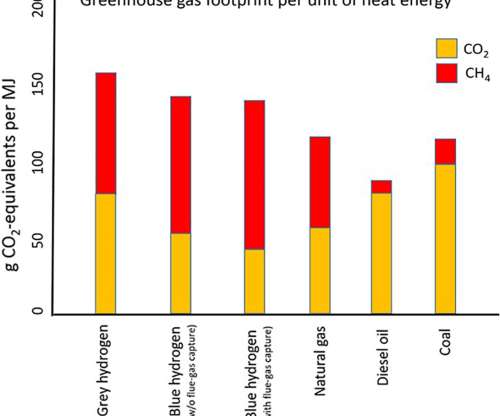
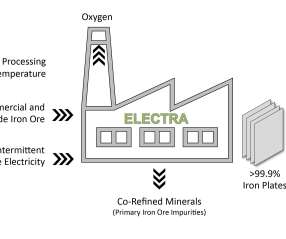
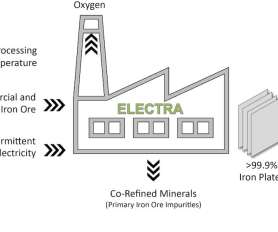

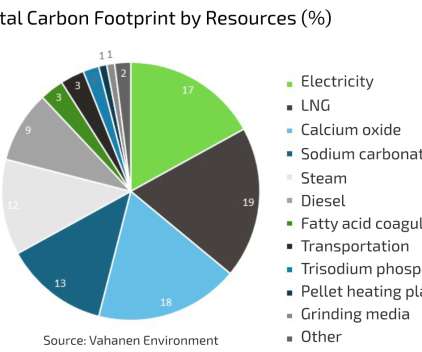










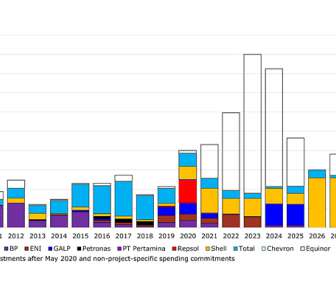




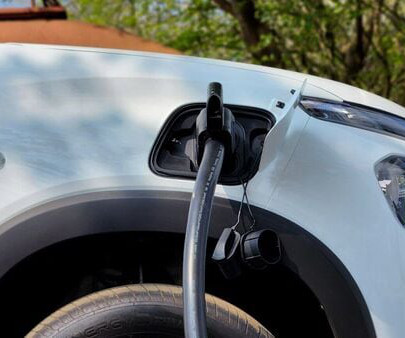


















Let's personalize your content